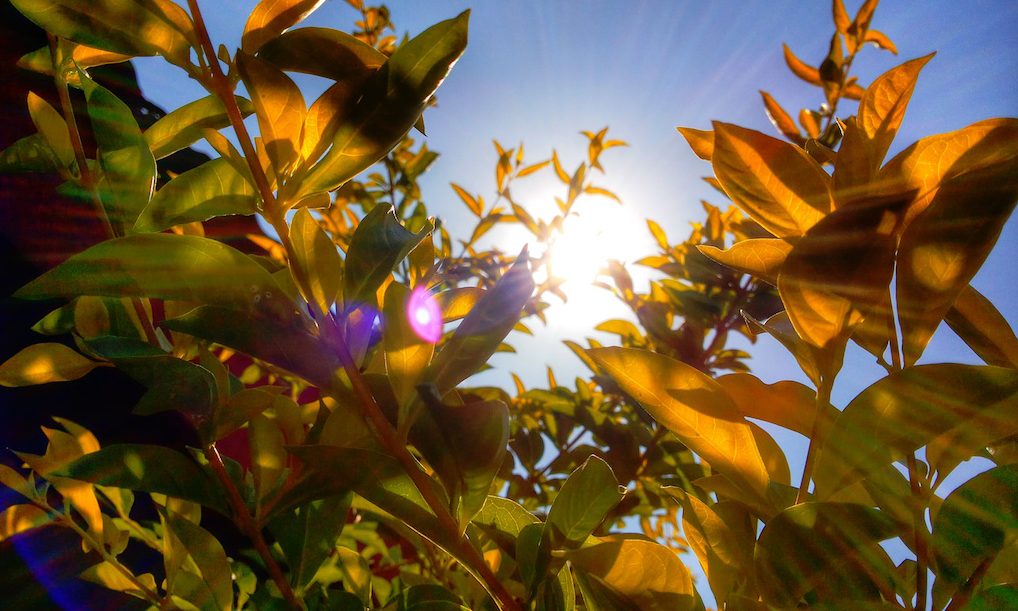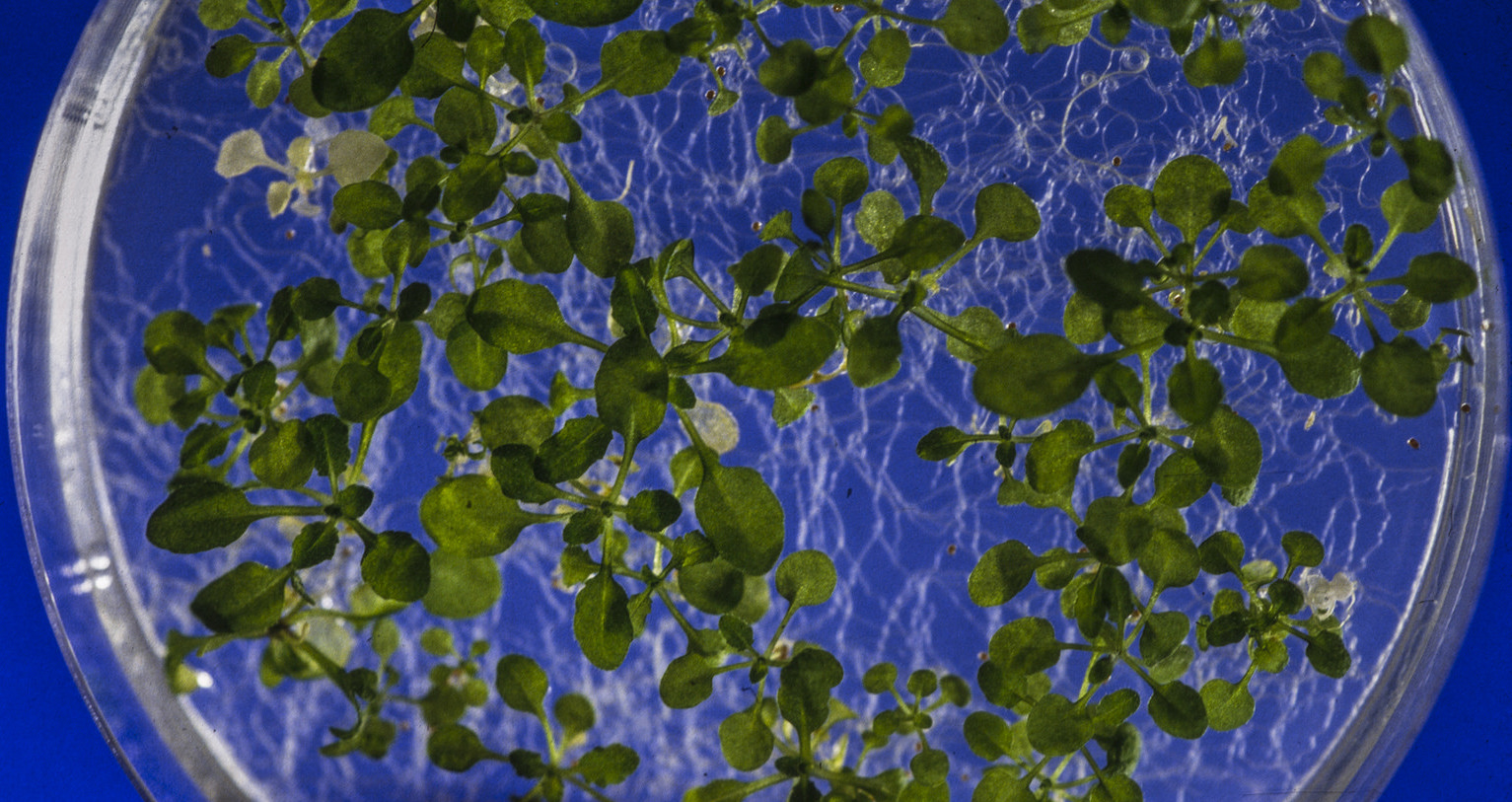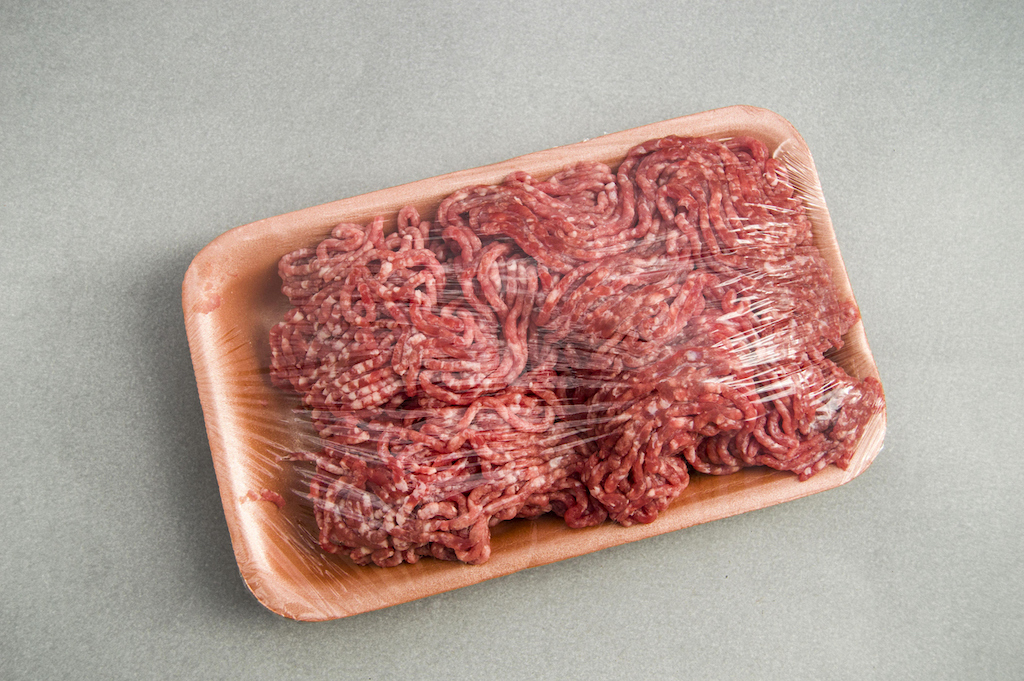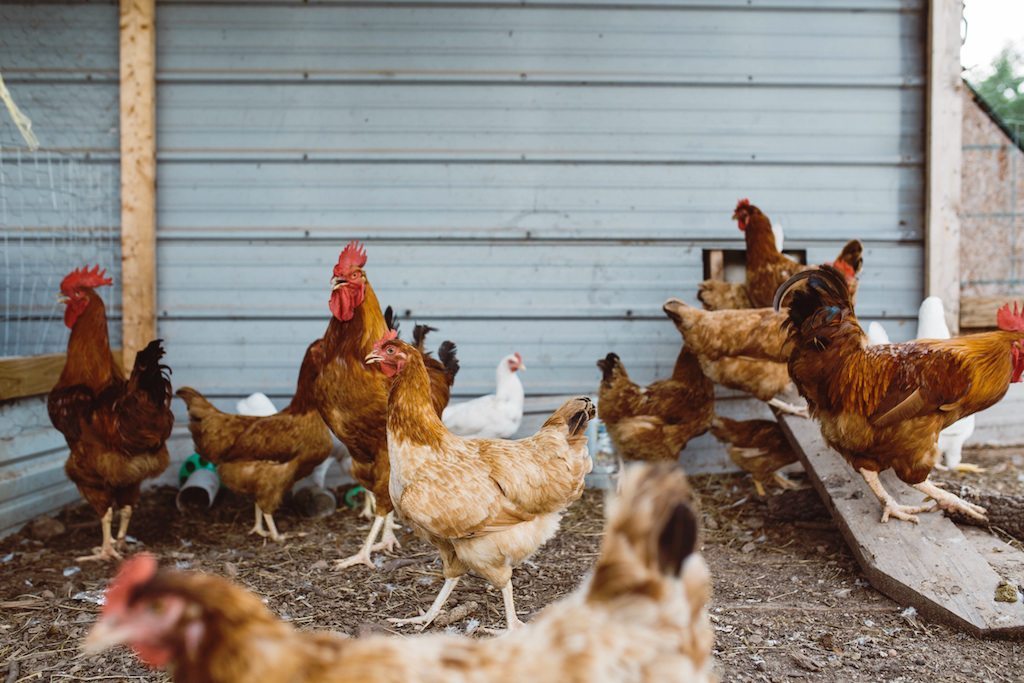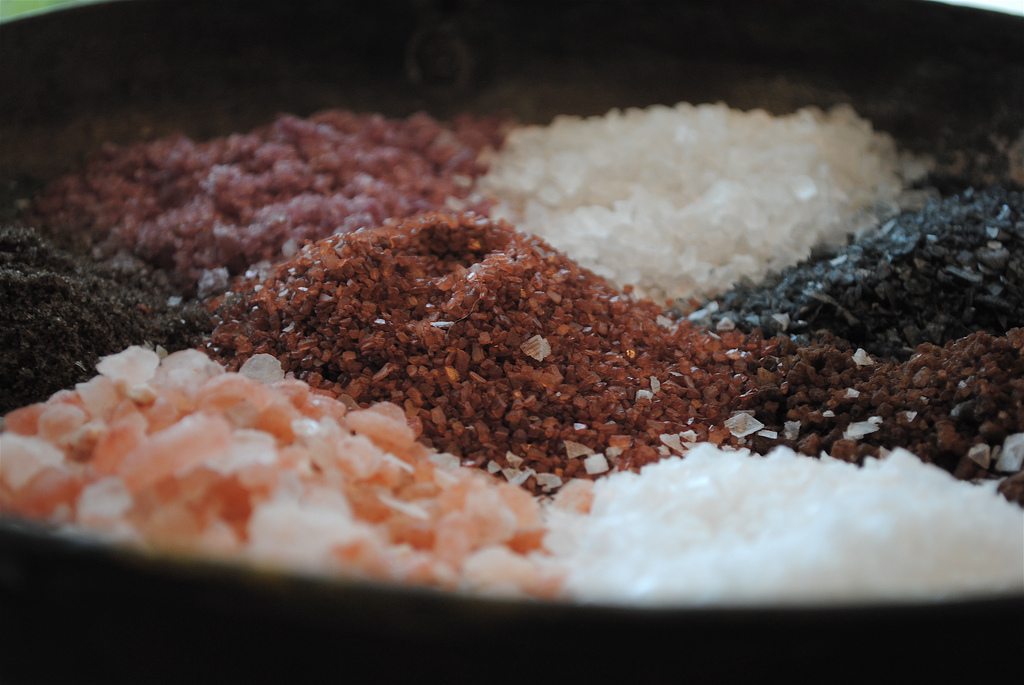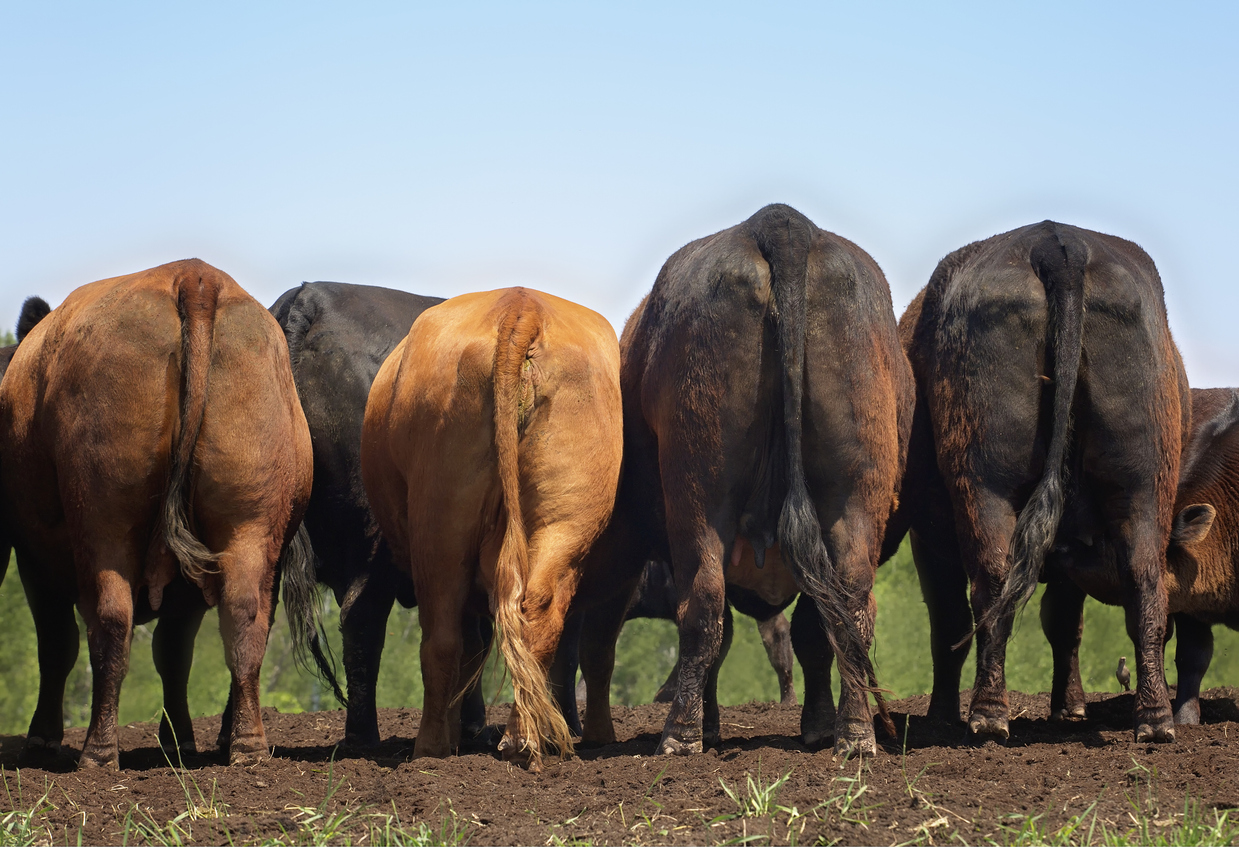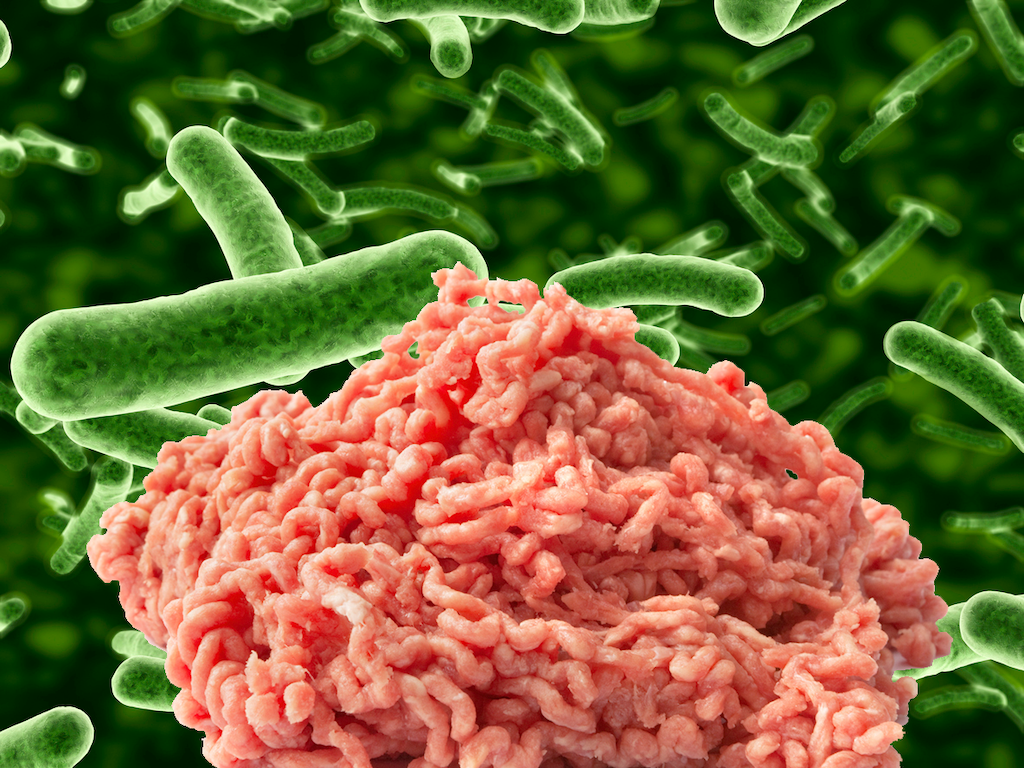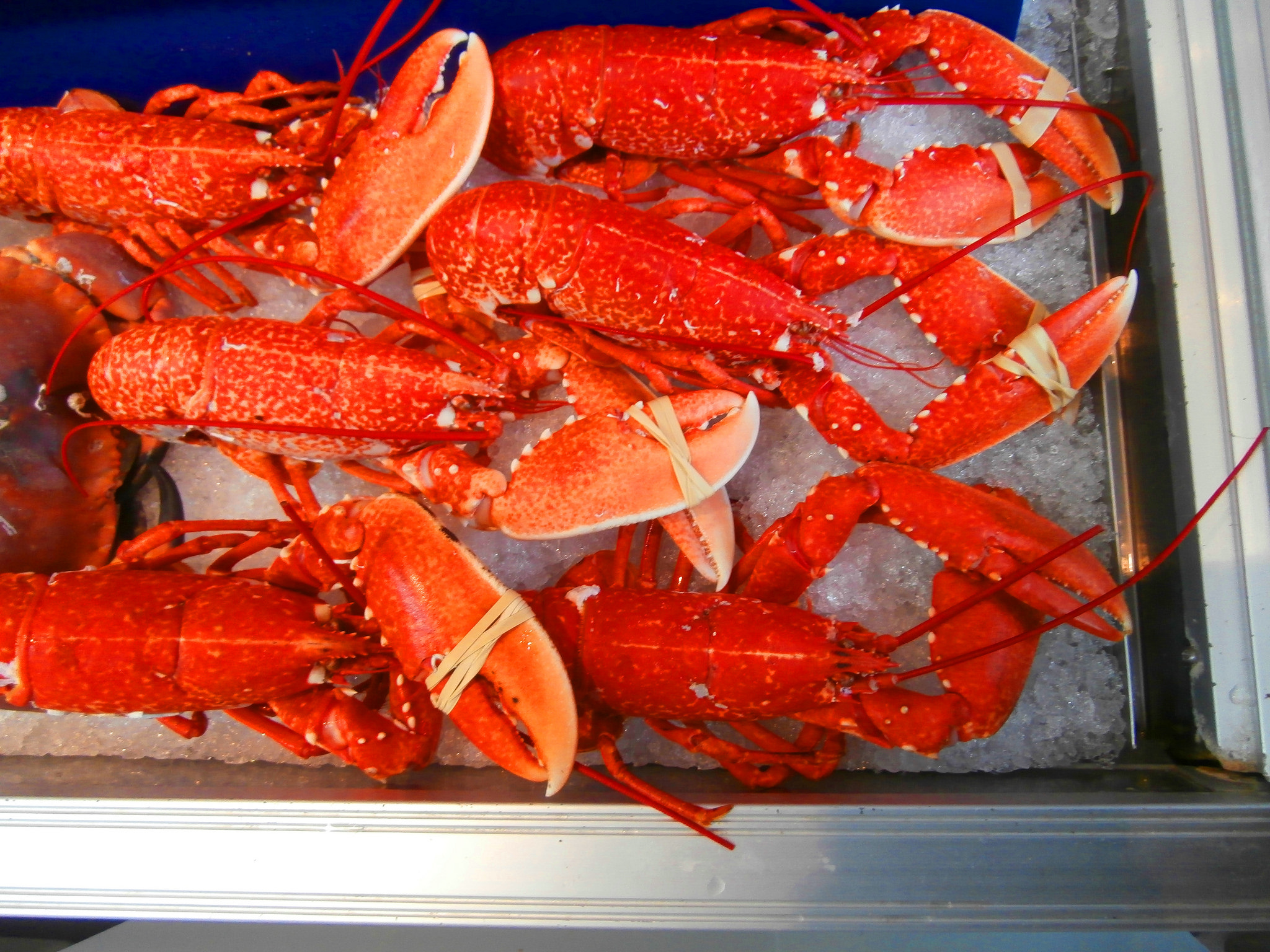Going under the hood. Efforts to increase crop yields never stop. After all: The world needs to be fed! And farmers need to lower their production costs.
Methods usually fall under two headings: 1.) Plant more of the same (on more land), or 2.) Try to make each plant more productive by both reducing pests, and increasing beneficial inputs like soil and other nutrients, water, and light. For example, plants have been crossbred to help them absorb more sunlight. Seems like not much else can be optimized.
Unless you can tinker with how efficiently plants internally turn their incoming energy into growth, fruit and seeds. Kind of like messing with the innards of your car to make it go farther on a single gallon of gas.
An exceptionally informative piece published last week in the Christian Science Monitor reports on efforts to address inefficiencies in the natural world, and it requires thinking about plants almost as if they were part of the manufacturing sector.
Botanists have long known that when a plant is in harsh sunlight it quickly shuts down its photosynthesis in order to avoid burn. That’s called “photoprotection.” When normal light conditions return, however, the plant takes a relatively long while to rev its photosynthesis back up. This is not optimal use of your manufacturing assets! What can be done to reduce such “down time”?
Researchers writing in the Journal Science hypothesized that if photosynthesis could recover more quickly, yield could jump by 15 percent or more. They took a strain of tobacco, changed three genes that are involved in its photoprotection, and grew it next to a control crop. The test crop had an increased biomass of 14 to 20 percent.
GMO concerns? Maybe. Here is a comment one of the researchers gave to the Monitor: “In this first proof of concept, we did take the genes of one plant and put them into another plant, but all plants have these three genes. … So in the long run, what we can do is just manipulate the genes that are already in the plant and not introduce the genes from another organism.”
Next step is to try the technique on staple crops. Excitement is growing.
